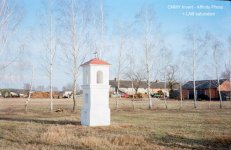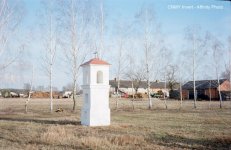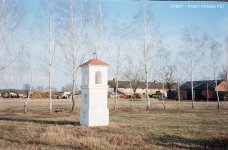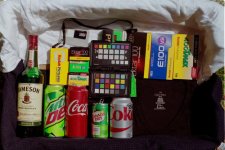adriang
Member
I've recently developed a new method for color negative inversion using operations and blending modes directly in Photoshop or Affinity Photo.
This method works similar to software in scanners like the Fuji Frontier.
The only requirements for perfect inversions are the sampling of the film base and a linear raw scan (preferably 16bit).
The method works much better than any of the software solutions available, or much more expensive tools that fail to deliver on their promises. It does this simply and without doing any unwanted interpretation of the scene
You can find it and read about how to use it at my website.
If you want me to test it on your scans to see it in action, please send me links to your files and I'll gladly invert them.
This method works similar to software in scanners like the Fuji Frontier.
The only requirements for perfect inversions are the sampling of the film base and a linear raw scan (preferably 16bit).
The method works much better than any of the software solutions available, or much more expensive tools that fail to deliver on their promises. It does this simply and without doing any unwanted interpretation of the scene
You can find it and read about how to use it at my website.
If you want me to test it on your scans to see it in action, please send me links to your files and I'll gladly invert them.







